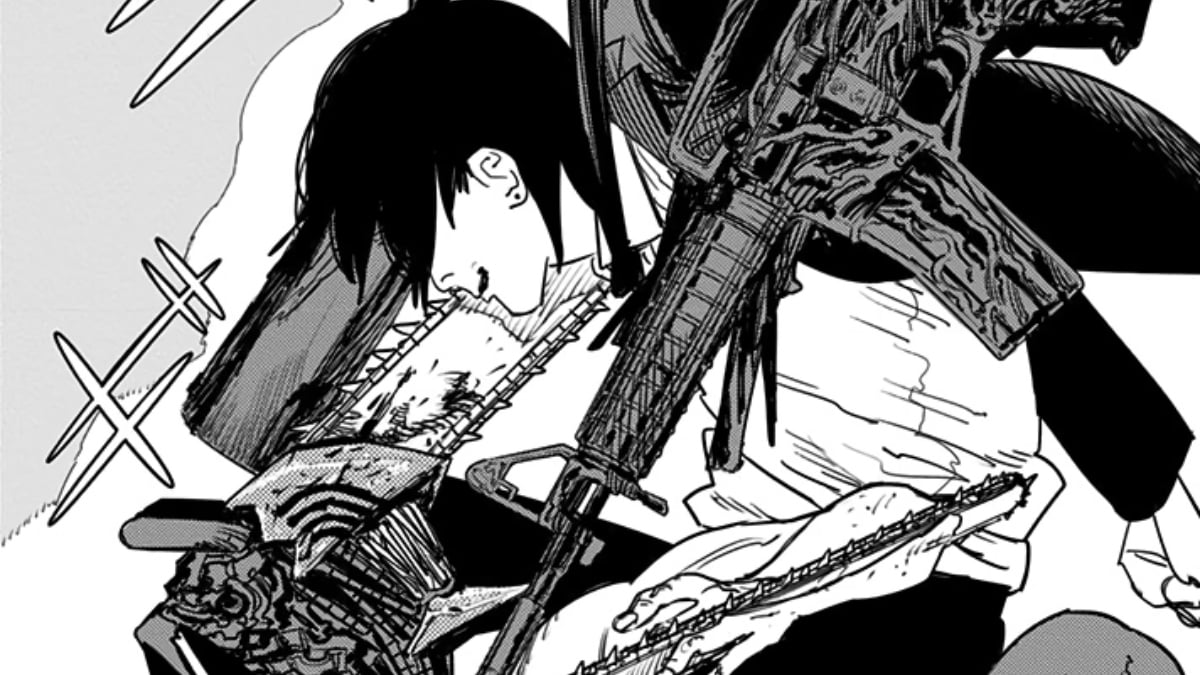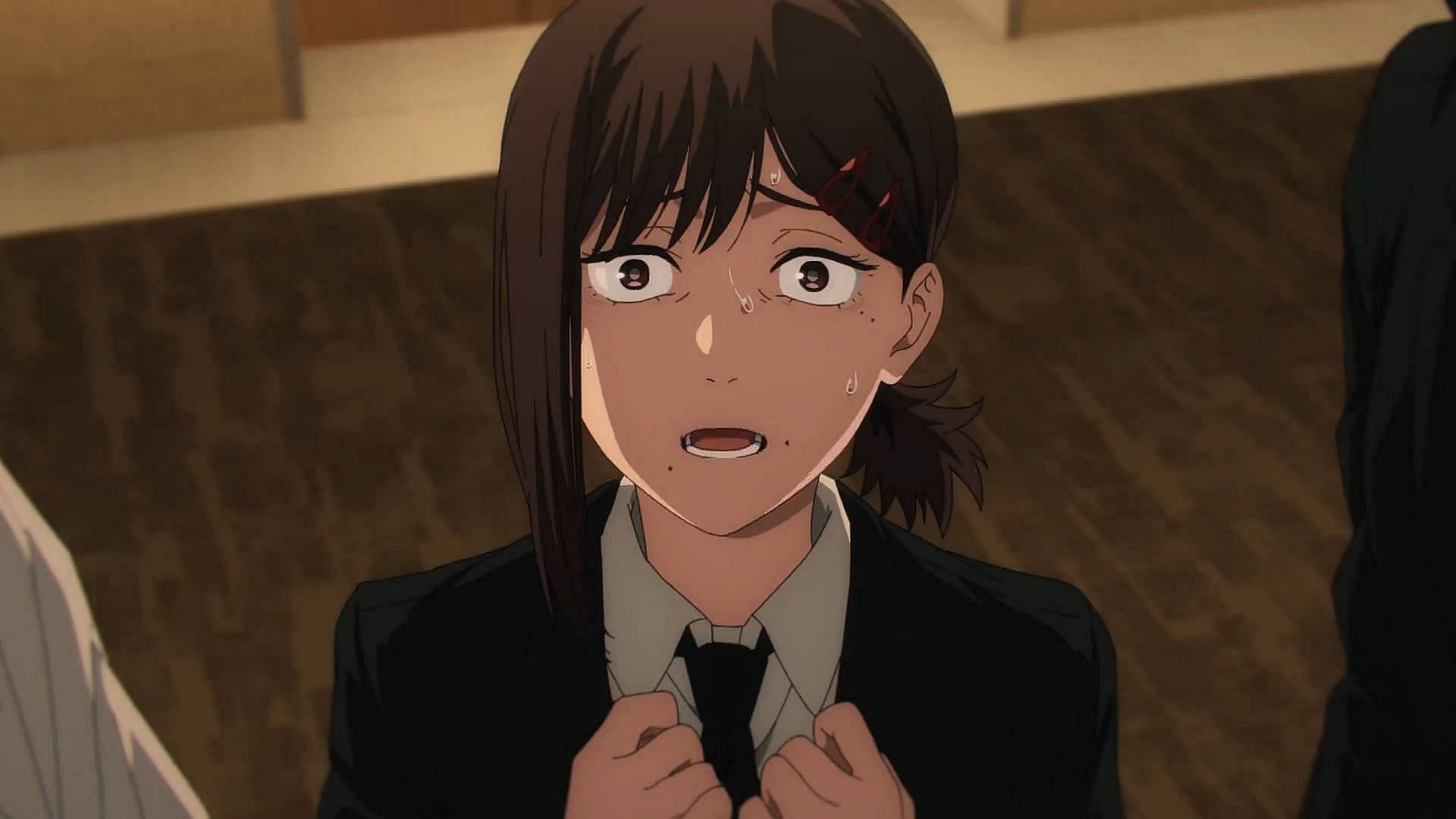Embark on a thrilling adventure with Chainsaw Man Chapter 139, where the lines between humanity and devilry blur. As Denji grapples with his newfound powers, he faces choices that will shape his destiny and challenge the very fabric of society.
Prepare for an in-depth analysis of this pivotal chapter, delving into its intricate plot, character development, and the profound themes it explores. Discover the significance of symbolism and foreshadowing, and witness the masterful use of artistic style to convey the chapter’s emotional depth.
Plot Summary and Analysis

In Chapter 139 of Chainsaw Man, the battle between Denji and Makima reaches its climax. Makima’s powers have grown exponentially, and she seems unstoppable. However, Denji refuses to give up, and he fights back with all his might. In a desperate move, Denji uses the power of the Chainsaw Devil to erase Makima from existence.
The chapter ends with Denji sitting alone in the ruins of Makima’s castle. He is victorious, but he is also deeply scarred by the battle. The chapter leaves us with a sense of hope, but also a sense of loss.
Significance of the Chapter
Chapter 139 is a turning point in the Chainsaw Man story arc. It marks the end of the Makima arc and sets the stage for the future of the series. The chapter also reveals important information about Denji’s character and his relationship with the Chainsaw Devil.
Chainsaw Man chapter 139 was a wild ride, with Denji facing off against the terrifying Darkness Devil. But even in the midst of all the chaos, there was a moment of unexpected connection between Denji and the Darkness Devil. Just like in once wicked always wicked chapter 1 , where the protagonist grapples with the duality of good and evil within, Denji found a flicker of humanity in the Darkness Devil.
It was a brief but powerful moment that reminded us that even in the darkest of times, there is always hope for redemption. And as Denji continues his journey in Chainsaw Man chapter 139, we can’t help but wonder what other unexpected connections and revelations await him.
Symbolism and Foreshadowing
Chapter 139 is full of symbolism and foreshadowing. The Chainsaw Devil’s power to erase things from existence is a metaphor for Denji’s own desire to erase his painful past. The fact that Denji is victorious but also deeply scarred is a reminder that even in victory, there is always a cost.
Character Development
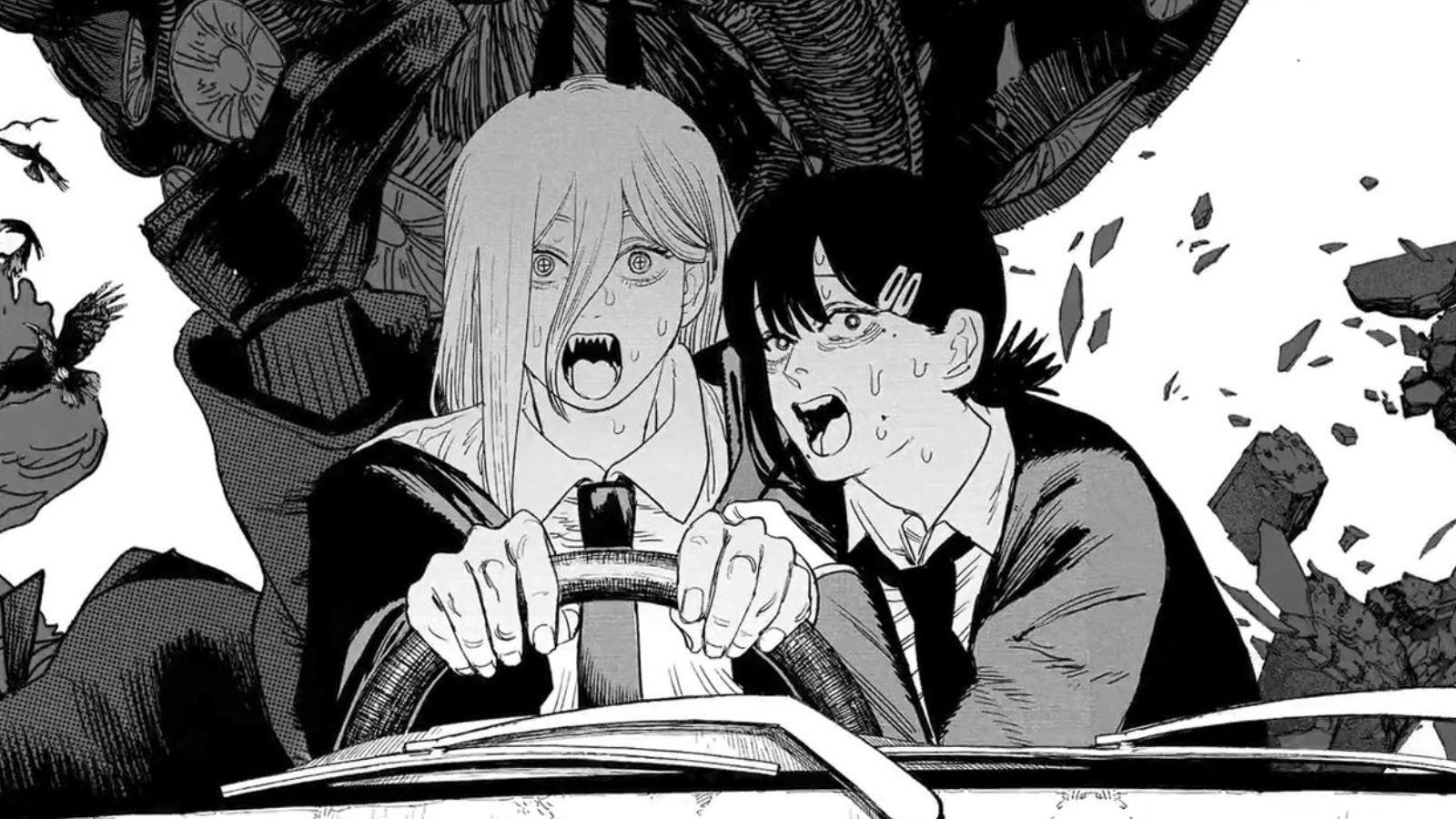
The final chapter of Chainsaw Man features significant character development for Denji, Power, and other key players. Their actions and motivations drive the plot forward, culminating in a satisfying conclusion to their respective arcs.
Denji
Denji’s transformation throughout the chapter is particularly noteworthy. He embraces his humanity and desires, acknowledging his need for love and connection. This shift marks a departure from his earlier selfish and hedonistic tendencies, showcasing his growth as a character.
Power
Power’s sacrifice for Denji highlights her selfless nature and the depth of their bond. Despite her rebellious and often destructive behavior, she ultimately proves herself to be a loyal and caring friend. Her death serves as a catalyst for Denji’s transformation.
Other Characters
Supporting characters such as Aki Hayakawa and Makima also undergo significant development. Aki’s pursuit of revenge and his eventual acceptance of his own mortality demonstrate the complexities of his character. Makima’s manipulative and destructive nature is further explored, revealing the extent of her ambitions.
Chainsaw Man Chapter 139 left us with a bittersweet ending, but let’s not dwell on the past. Instead, let’s dive into the exhilarating world of martial arts with Martial Peak Chapter 1 . This epic tale of a young boy’s journey to become the strongest warrior in the land will have you on the edge of your seat from the very first page.
And once you’ve finished that, come back to Chainsaw Man Chapter 139 to see what the future holds for Denji and the gang.
Themes and Symbolism
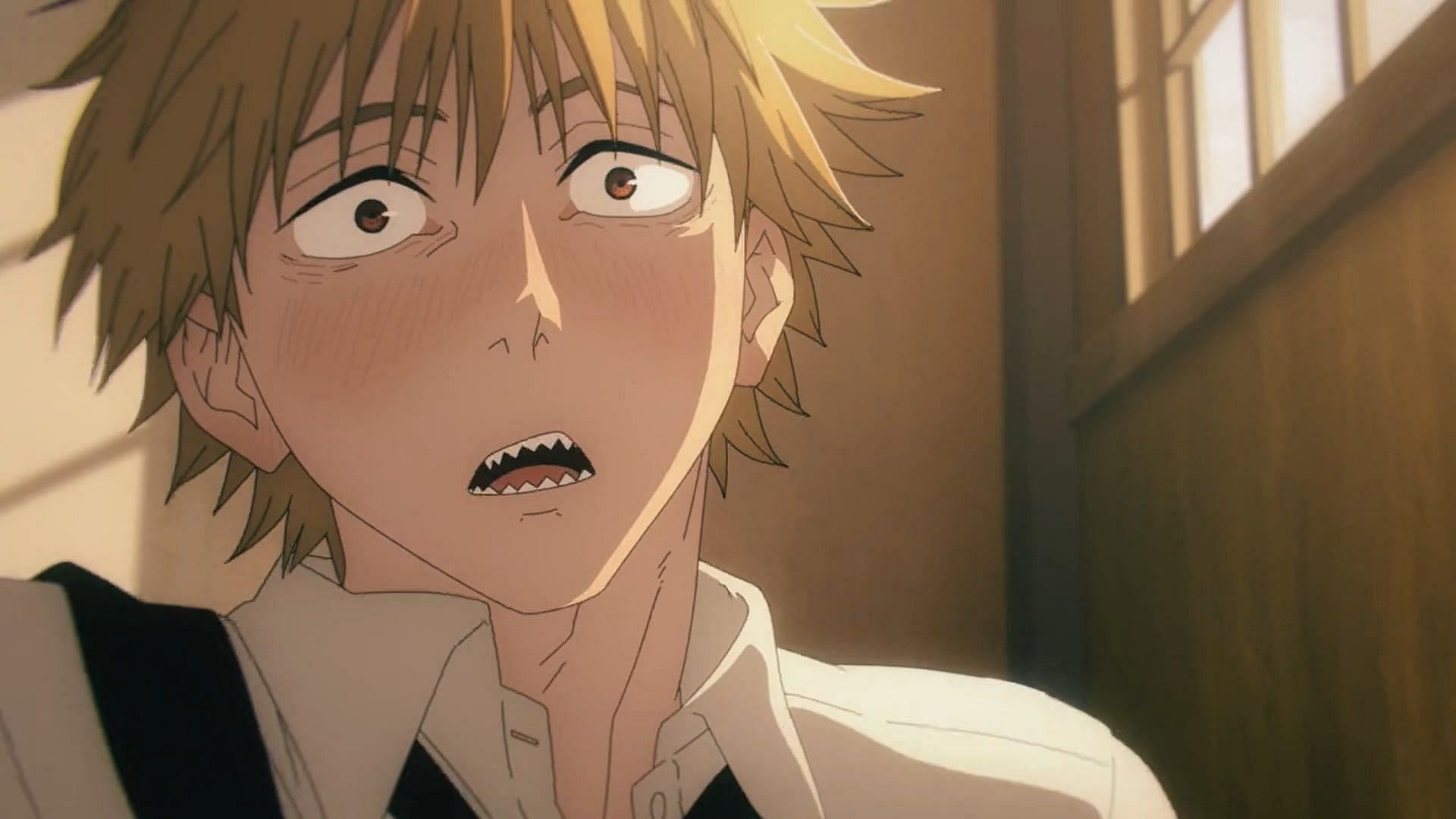
Chainsaw Man Chapter 139 delves into a complex tapestry of themes, including sacrifice, identity, and morality. These themes are woven together through a rich tapestry of symbolism, creating a profound and evocative reading experience.
Chainsaw Man Chapter 139 was a wild ride, but it’s not the only chapter that’s got us hooked. For a different kind of thrill, check out Beat and Motion Chapter 1 . It’s a story that’ll keep you on the edge of your seat, just like Chainsaw Man Chapter 139 did.
Sacrifice
The theme of sacrifice is central to Chapter 139. Denji’s willingness to sacrifice himself for the sake of others is a powerful testament to the power of compassion and love. This sacrifice is symbolized by the chainsaw that emerges from his chest, a physical manifestation of his inner strength and determination.
Identity
Chapter 139 also explores the theme of identity. Denji’s transformation into the Chainsaw Man raises questions about the nature of self and the boundaries between humanity and monstrosity. The chapter’s visuals, particularly the grotesque imagery of Denji’s hybrid form, serve to highlight the fluidity and complexity of identity.
Morality
The chapter grapples with the complexities of morality. Denji’s actions are both heroic and horrifying, raising questions about the nature of good and evil. The chapter’s portrayal of the Makima, a villain who manipulates and exploits others, challenges readers to confront their own moral values.
Artistic Style and Impact: Chainsaw Man Chapter 139
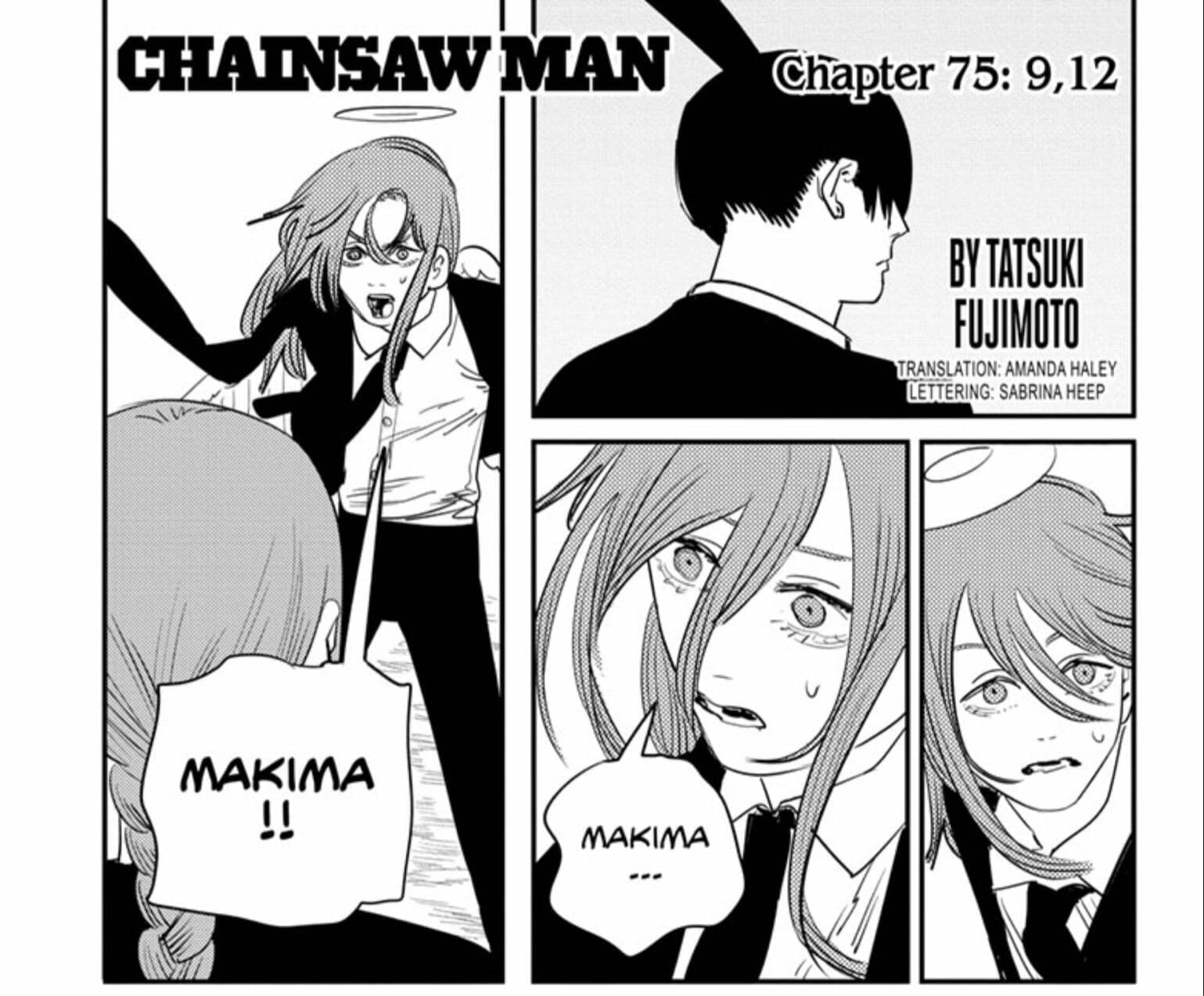
Chapter 139 of Chainsaw Man is a visual masterpiece that enhances the reader’s experience through its unique artistic style. Fujimoto masterfully employs paneling, composition, and character design to convey the chapter’s themes and emotions, creating a profound and unforgettable impact.
Paneling and Composition, Chainsaw man chapter 139
Fujimoto’s paneling is dynamic and experimental, breaking away from traditional layouts to create a sense of urgency and chaos. The panels are often irregularly shaped, overlapping, and juxtaposed to create a disorienting and immersive effect. This unconventional approach mirrors the chaotic and unpredictable nature of the events unfolding within the chapter.
Character Design
The character designs in Chapter 139 are striking and expressive. Fujimoto’s attention to detail in rendering facial expressions and body language conveys the characters’ emotions and motivations with remarkable clarity. The exaggerated and grotesque features of the Fiends, in particular, evoke a sense of otherworldly horror and dread.
Overall Impact
The artistic style of Chapter 139 is integral to the reader’s experience. It heightens the emotional impact of the story, immersing the reader in the chaos and despair of the characters. Fujimoto’s unique approach to paneling, composition, and character design creates a visual language that transcends words, allowing the reader to viscerally experience the chapter’s themes and emotions.
Final Wrap-Up
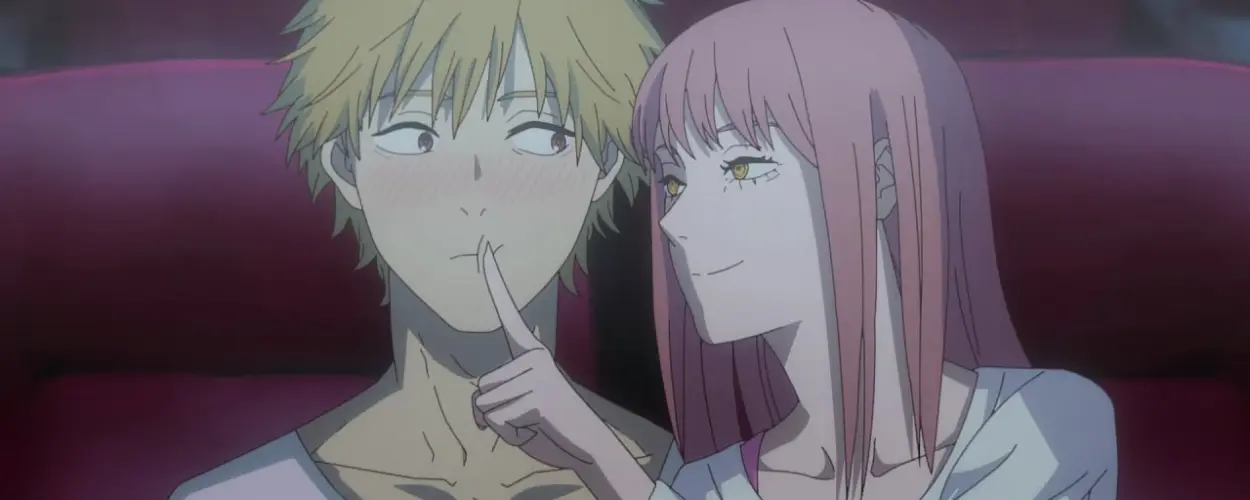
Chainsaw Man Chapter 139 leaves an unforgettable mark, raising questions about the nature of sacrifice, identity, and the complexities of morality. Its stunning visuals and captivating narrative intertwine to create an immersive experience that will resonate long after the final page is turned.
